Library of Congress Puts Spotlight on 440 Snapshots Culled From Archive of 14 Million
About 300 of the images have been newly digitized, and 200 of these are free for public use
The photograph’s caption says it all: “Nice Feather Dusters.”
Three of these eponymous cleaning tools appear clasped in the right hand of a late 19th-century peddler whose untidy pseudo-necktie undermines his straight-laced expression. Another is poking awkwardly out of a bag by his left side, looking not like a feather duster, but the back end of a richly plumed bird.
In another featured photo, an 11-month-old appears to do the impossible: raise himself into a pull-up. Despite the sci-fi inclinations later exhibited by the man behind the camera—a teenaged Stanley Kubrick—there’s no trick of the light happening here. Look closely enough, and you’ll see that the baby, Kent, is being supported by bodybuilder father Gene Jantzen, who cradles him in one hand as if he’s lighter than air.
These snapshots are two of roughly 440 featured in Not an Ostrich: And Other Images from America’s Library, a collaborative exhibition now on view at the Annenberg Space for Photography in Los Angeles. The show draws on the Library of Congress’ photographic archives, which include more than 14 million images spanning three centuries, to present a visual exploration of America’s cultural heritage—or, as curator Anne Wilkes Tucker notes in a statement, moments of “glamour, worship, invention, bravery, humor, cruelty and love.”
Tucker, curator emerita at Houston’s Museum of Fine Arts, tells the New York Times’ James Estrin that she spent a year and half sifting through the library’s vast archives. (According to the Cut’s Melania Hidalgo, the curator estimates that she studied one million of the 14 million total photos.)
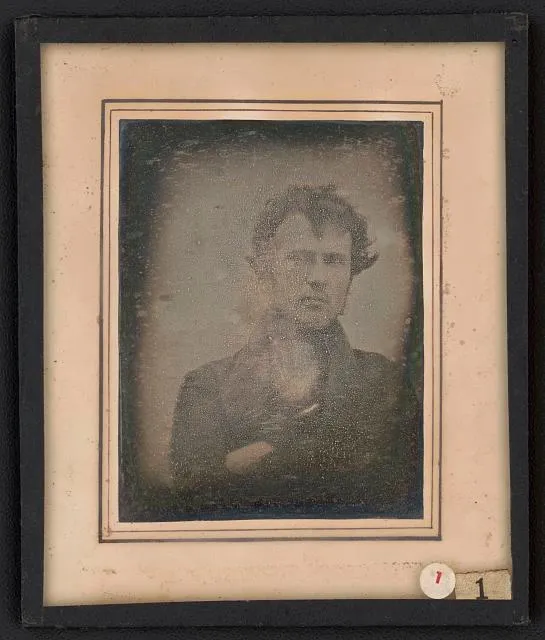
Initially, Tucker selected images based on her gut reaction, but she soon decided to pursue a more inclusive representation of the country’s diverse regions, religions and demographic groups. The final group of photographs elevates obscure images to the level of iconic ones—placing playful shots like “Brünnhilde,” which captures the profile of a cat in a Viking helmet, alongside Dorothea Lange’s “Migrant Mother”—and traces the evolution of photography from the daguerreotype to digital. Older selections include an 1839 self-portrait informally dubbed the “world’s first selfie” and the earliest known portrait of Harriet Tubman; newer shots include a 2006 snapshot of a couple dining at Wendy’s on Halloween (one in civilian wear, one decked-out in a chicken suit) and a pair of portraits depicting a 16-year-old girl on the first and last day of her treatment for an eating disorder.
Not an Ostrich derives its name from a 1930 photo of actress Isla Bevin taken at the 41st-annual Poultry Show in Madison Square Garden. As the caption suggests, she is holding not an ostrich, but a prize-winning “Floradora Goose.”
In a LOC blog post, staffers Beverly Brannan, Adam Silvia and Helena Zinkham write that the show’s—and photograph’s—title reminds viewers to ask, “What are we looking at?” It’s a big question, and one without an easy answer. As photographic theorist Susan Sontag noted in 2003, the image is “both objective record and personal testimony, both a faithful copy or transcription of an actual moment of reality and an interpretation of that reality.”
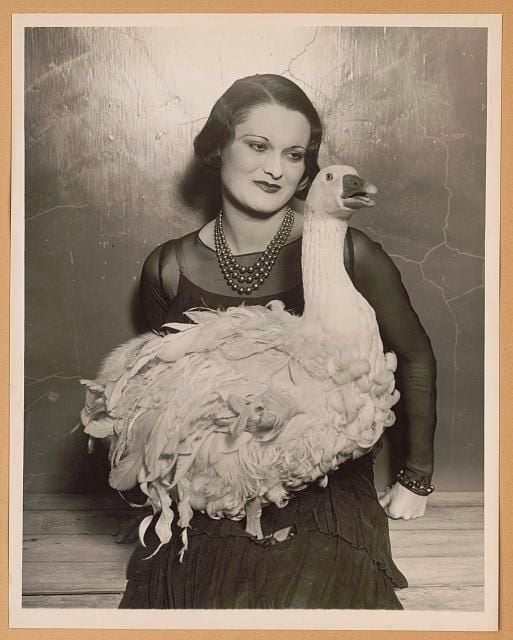
Complex theory aside, the Annenberg–LOC collaboration represents an opportunity for anyone to delve into America’s past. The exhibition itself features high-resolution digitizations of the original images, and its online counterpart includes hundreds of previously unseen snapshots, many of which are free for public use.
“[The exhibition is] really to make people aware that this incredible resource is available and largely free,” Tucker tells Hyperallergic’s Claire Voon. “I’m also hoping that people will learn from it, and understand that pictures are an access into history.”
Not an Ostrich is on view at Los Angeles’ Annenberg Space for Photography through September 9, 2018. Admission is free.
/https://tf-cmsv2-smithsonianmag-media.s3.amazonaws.com/accounts/headshot/mellon.png)
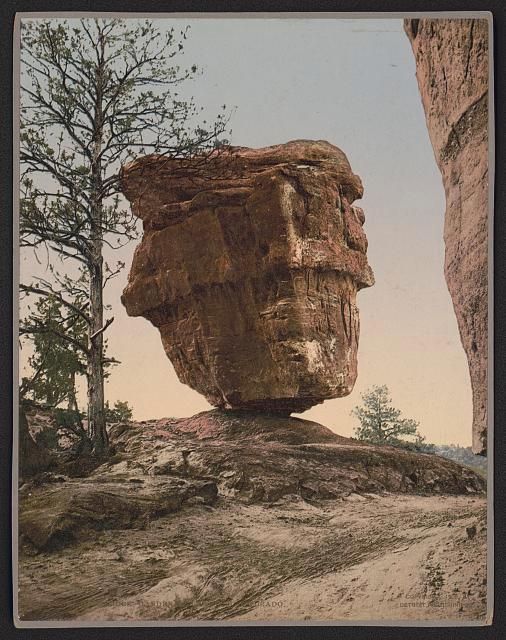
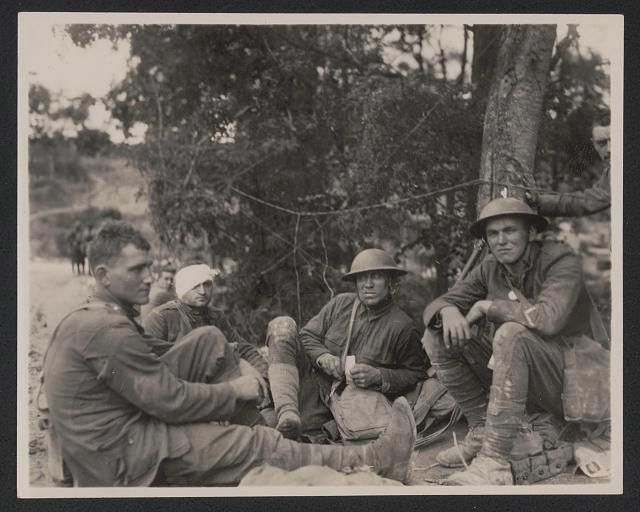
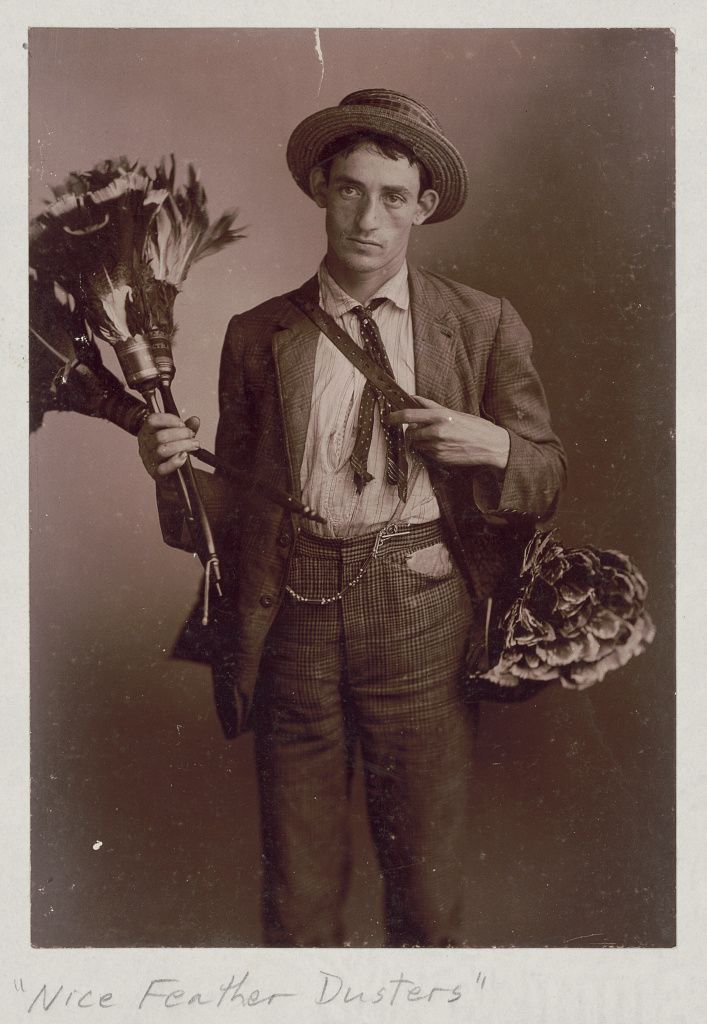
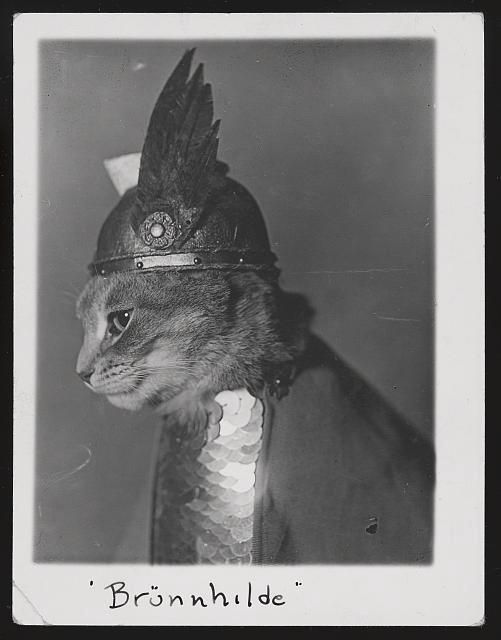
/https://tf-cmsv2-smithsonianmag-media.s3.amazonaws.com/filer/7e/71/7e7192bd-fdf8-4d14-889e-c307f4558329/54230r.jpg)
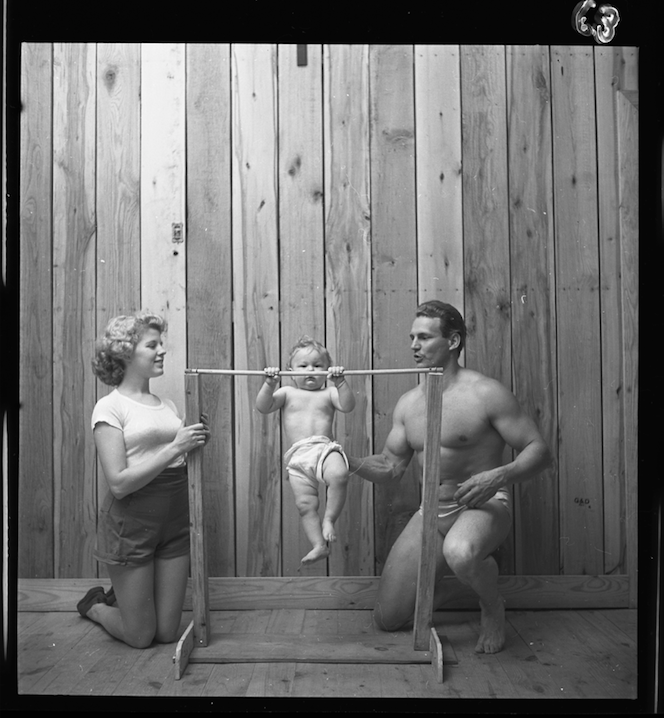
/https://tf-cmsv2-smithsonianmag-media.s3.amazonaws.com/accounts/headshot/mellon.png)